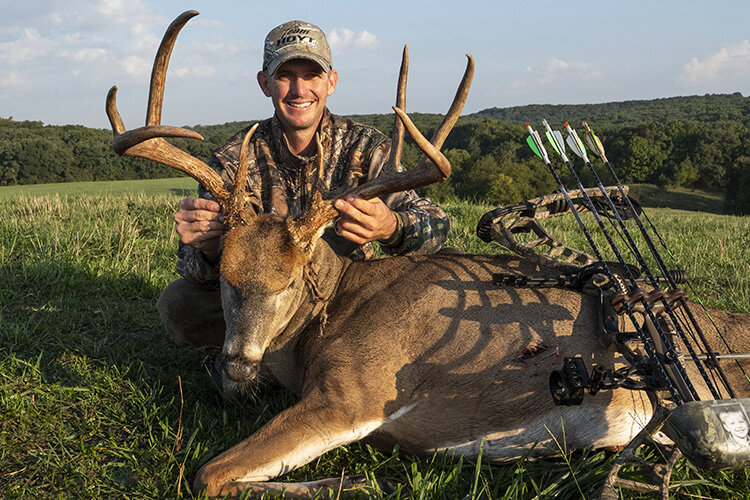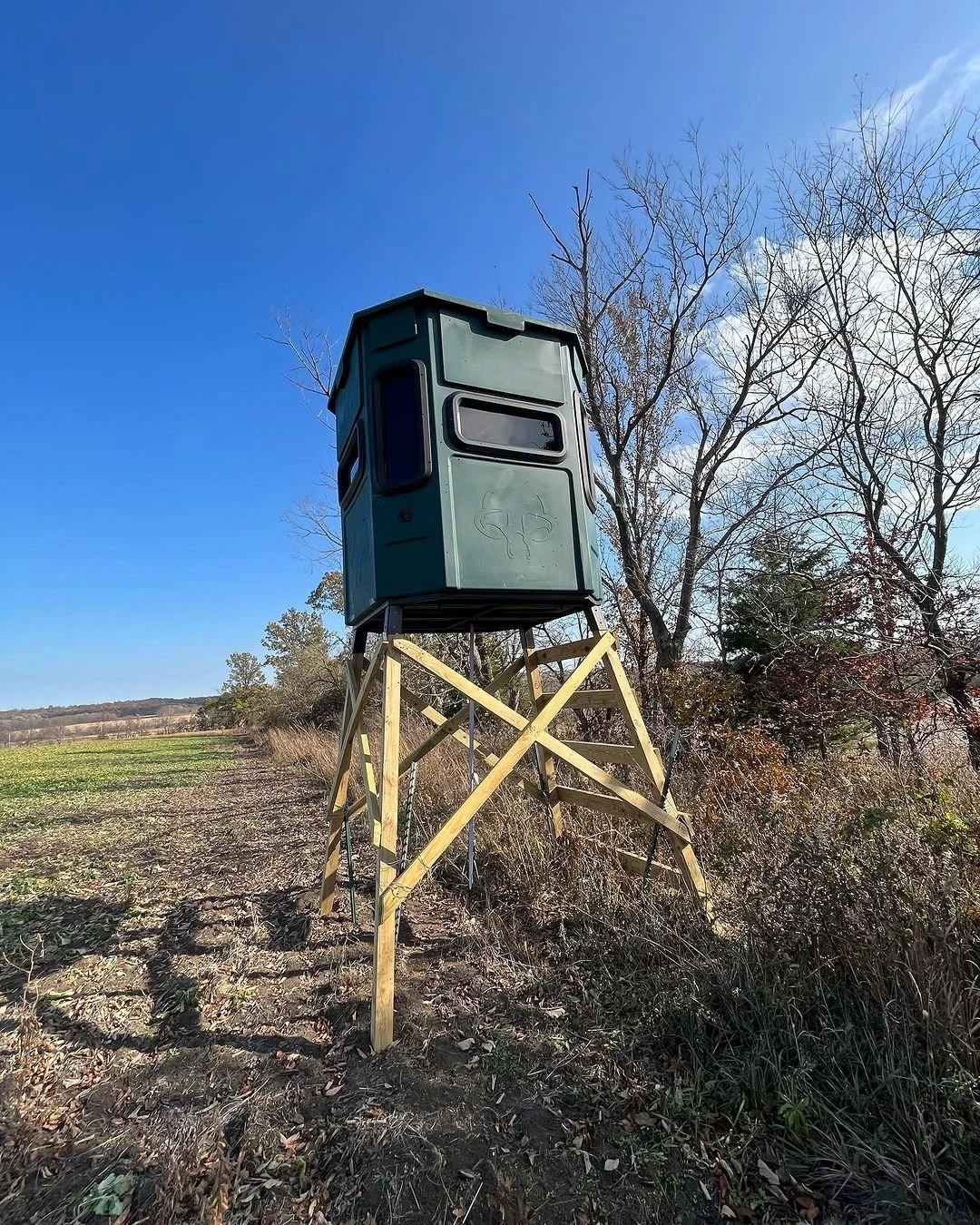Whitetail Body Language: 5 Signs To Look For
From the flicking of tails to the quivering of nostrils, it’s all about the non-verbal signs when reading whitetails and their behavior. Deer are not as vocal as turkeys or elk, but not as modest as many hunters think. That said, you must rely on non-vocal communications to see and understand what deer are feeling and thinking. As Josh Honeycutt explains in his Midwest Whitetail article Whitetail Body Language: 5 Tail-Tell Signs To Know, Deer use their whole body to communicate: ears, eyes, nose, hair and tail. Whether used to express moods, relay information, or identify family members, recognizing and understanding these signs can give you an advantage during your hunting season.
Josh Honeycutt Photo
1. The Tail Flick
Whitetail deer get their name from the large white patch on the underside of the tail. It sends all kinds of different messages to other deer. Each one of these signals is an opportunity for hunters to take advantage of— if they can recognize them. Tail flicks are signs of acknowledgment among deer. A couple flicks may indicate that you’ve been heard, even without a turn of the head. Don’t give up after calling to a seemingly unresponsive deer. Watch their tail along with the rest of their body to see the big picture.
2. The Tail Tuck
The second sign is the tail tuck. This signals a deer is reluctant, subordinate, fearful or injured. These bucks can oftentimes be loners and anti-social. Knowing the different possible meanings behind tucked tails provides clues as to what deer might be thinking. Before the shot, a tucked tail means a timid deer. After the shot, it means you most likely hit the mark. A wounded deer usually tucks its tail between its legs. If you miss, the tail usually stays raised after the shot. If you notice a buck is acting shy, you’re able to completely change your game plan and choose better strategies to fit his behavior.
Josh Honeycutt Photo
3. The Rigid Tail
A straight, flat tail is a sign love is in the air. This sign is not uncommon during the rut. It can mean a doe is in estrous and is ready to breed. Most times when you see this, the doe is accompanied by a buck (or bucks). Most of the time, does run with their tails up. On some occasions during rut season, you will notice one with its tail parallel to the ground. This is an instant giveaway that a buck is most likely not far behind. Being able to identify these signs, like noticing a doe is in estrous, will give you an advantage.
4. The White Flag
The raised tail is without a doubt the most infamous, yet hated, tail talk of all. It’s generally the last thing you see as that giant buck bounds over the hill and out of your life. There isn’t much you can do in this situation. You’re at the mercy of your environment, including trespassers. The best thing to do, even when you mess up and spook deer, is to learn from the experience and keep hunting.
JustinLuebrecht-MO from Midwest Whitetail
5. The All-Clear Swish
A deer that wags its tail once from side to side is saying all is well. It feels there is no imminent danger. If a deer initially spooks, but then signals all-clear swish, you can relax again and continue the hunt. Don’t take a low-odds, bad shot opportunity when deer spook. Wait for them to calm back down (if possible). If you see this signal, they’re generally relaxed again.
It takes an extensive understanding of whitetail behavior to consistently knock them down. Strive to be fluent in whitetail body language. The more you know how they communicate, the more apt you are to understand them. And the more you understand them, the more likely you’ll be to fill that deer tag.
To read more and learn from real-life examples, watch these guys in action on Midwest Whitetail. Best of luck chasing on your next hunting adventure. Follow us on social for awesome hunting content, @waypointtv.hunting and be sure to tag us in your photos! #FindYourWay













